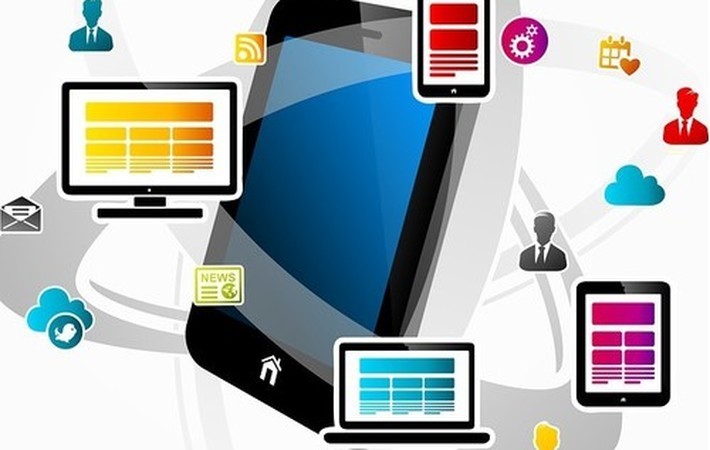
Published on 11/16/2016 | Market Sizing
In the insurance industry, companies are driving business by applying technology to find the perfect consumer, employee, and business partners. Digitalization, in turn, is dramatically impacting the insurance workforce as it adapts to these unprecedented changes.
Millennials are naturally inclined to the digital world, thanks to a lifetime of using computers and electronics. According to PWC’s Millennials at Work: Reshaping the Workplace, 78 percent of millennials report having access to digital technology at work that makes them more effective at doing their job. Further, digital technologies can lead to greater satisfaction by enabling workers to feel more connected and able to maintain a work-life balance.
For millennials, the use of technology is a given. However, it can set them apart from their parents’ generation of baby boomers. Many businesses struggle to find an optimal balance between use of technology and the human capabilities of workers. What is expected by millennials in terms of technology far exceeds the expectations of baby boomers and older generations. For example, a baby boomer might prefer to speak directly and personally with customers and clients, while a millennial is more comfortable connecting via email, texts, or social media.
Understanding the differences in technology skills and usage preferences in a digitalized workplace is essential for organizations that strive to blend the talents of today’s multigenerational workforce.
In previous decades, workers left work at the office and generally maintained a distinct work-home division. This is no longer the case. Thanks to digitalization, many employees of insurance companies are constantly connected to their work. Furthermore, as noted by Deloitte University Press, cognitive technologies such as artificial intelligence and machine learning are increasingly replacing workers, in some cases displacing even long-term employees.
As cognitive computing applications are brought in to the workforce, employees must learn how to operate them, even as they are in effect taking over their own roles. This displacement puts many employees on edge until they discover how digitalization can help them do their jobs better.
The Deloitte University Press reports that companies with a leadership deficit can reduce gaps in skills and experience by incorporating technology into the system. Computers need to be considered valuable team members. They are not replacing individuals outright. While computers have had a massive impact on efficiency and productivity, this has only been possible with the intelligent guidance of human beings. As computational capability increases, organizations will be able to tap into ever more intriguing human talents, ushering in a new era of progress.
Clearly, strong leadership is essential in any business. Yet when it comes to digitized workforces, leadership is the last thing to evolve, and this is a problem. According to Deloitte University Press, 86 percent of business leaders and human resource officers noted that strong leadership was one of their greatest challenges.
One in three workers in today’s workforce is a millennial, according to the Pew Research Center. In prior years, baby boomers, made up of workers now in their 50s to 70s, comprised the biggest demographic. Climbing the corporate ladder to earn a leadership role requires time, effort, and experience, and millennials are quickly supplanting baby boomers in that area. In addition to hyperconnectivity, millennials are also known for their passion and desire to do something important in life. As millennials move toward leadership roles, business execs are pressed to find a way to address their expectations.
Armando Garza Sada, the chairman of the board of directors for Alfa SAB de CV, Mexico, says, “Our capacity to attract, retain, and manage executive talent does not depend on the compensation package, but rather on our ability to create a sense of belonging to an organization that offers a long-term relationship and a professional development opportunity, and that has a clear conception of itself, of what it wants to be, and of how to achieve it.”
Millennials want to become leaders. At the same time, board members and corporate leaders are uncertain how to embrace this group. Companies that strive to become digital economy leaders must resolve this disconnect and renew their workforce with a harmonized blend of talent from multiple generations that leverages digital technologies.
You can find the original article here.